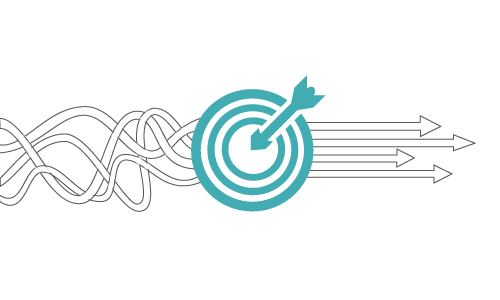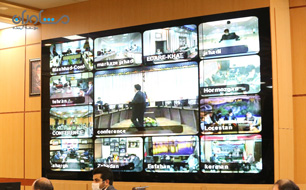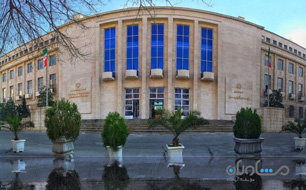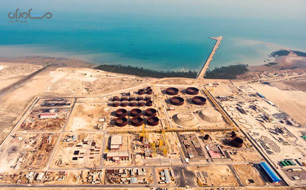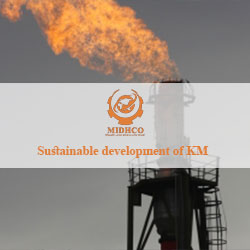
KM Road Map
Knowledge management is a complicated process that is not able to impact on businesses without specified plan. In the nineties decade and at the beginning of the implementation of knowledge management in the world's top industries, knowledge management was seen as a set of discrete solutions KM Toolbox. However, after a while, it was observed that knowledge management's effectiveness should be used in advance and pay attention continuously and in proportion to organizational maturity is mandatory. This approach's prerequisite is to create a knowledge management path in a company as a knowledge management roadmap.
The purpose of the roadmap is to ensure that we can reach the final destination and its effectiveness in vital organizational indicators from the starting point of knowledge management implementation and given the constraints ahead. The roadmap helps knowledge management leaders base their strategic plans based on specific actions of the knowledge management team in 12 areas of knowledge management capabilities (strategy, resources, policy-making and leadership, knowledge flow process, knowledge management methods, knowledge management approaches, and tools, change management, communication and interaction, measurement and content management).
The roadmap outlines the actions needed in the short, medium, and long term to clarify the path ahead. Another critical effect of developing a knowledge management roadmap in organizations is to prevent a cross-sectional view of knowledge management as an outsourced project. With a roadmap, organizational knowledge managers always have a well-written and defensible plan for the next period or year to achieve a return on investment (ROI). There are many frameworks for developing a knowledge management roadmap, and the American Productivity and Quality Association (APQC) framework is one of the most acceptable of these methods.
The purpose of the roadmap is to ensure that we can reach the final destination and its effectiveness in vital organizational indicators from the starting point of knowledge management implementation and given the constraints ahead. The roadmap helps knowledge management leaders base their strategic plans based on specific actions of the knowledge management team in 12 areas of knowledge management capabilities (strategy, resources, policy-making and leadership, knowledge flow process, knowledge management methods, knowledge management approaches, and tools, change management, communication and interaction, measurement and content management).
The roadmap outlines the actions needed in the short, medium, and long term to clarify the path ahead. Another critical effect of developing a knowledge management roadmap in organizations is to prevent a cross-sectional view of knowledge management as an outsourced project. With a roadmap, organizational knowledge managers always have a well-written and defensible plan for the next period or year to achieve a return on investment (ROI). There are many frameworks for developing a knowledge management roadmap, and the American Productivity and Quality Association (APQC) framework is one of the most acceptable of these methods.
APQC capabilities assessment tools
The APQC framework uses four sections: strategy, staff, processes, and content or information technology to evaluate knowledge management plans and develop knowledge management roadmaps:Strategy
Objectives: One of the first steps in developing a knowledge management plan is to identify objectives. Why does the organization want to improve the flow of knowledge, and what success does it hope to achieve?Business case: To receive ongoing support and funding, the KM program must be based on a solid business case.
Budget: Organizations need funding to advance knowledge management.
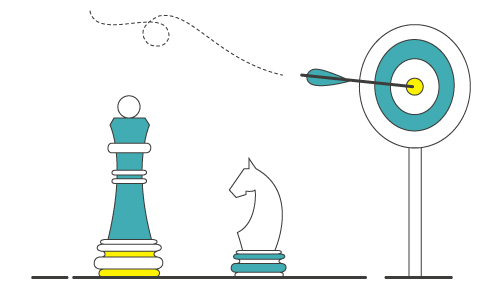
People
Employees: The organization should allow employees to devote their time and energy to KM. It starts by forming a team to design the initial strategy.Management and Leadership: At the time of launching KM, senior executives agree to run the pilot. As maturity increases, steering committees are established, and leaders strive to link knowledge management with organizational strategy.
Change management: Employee involvement in KM often involves a large-scale organizational effort. At immature levels, cultural readiness is assessed, potential barriers are identified, and strategies are developed to support change. As the KM program progresses and barriers become apparent, the organization creates training and rewards.
Interactions: At a low level of maturity, the organization strives to convey KM's core concepts and benefits to critical stakeholders. More mature KM programs have formal communication programs to publish success stories and ensure employee understanding of tools and approaches.
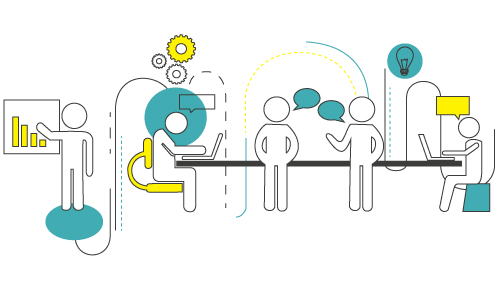
Process
Knowledge flow process: Defines how an organization creates, identifies, collects, reviews, shares, adapts, and uses knowledge.KM approaches and tools: At low levels of maturity, knowledge transfer takes place through one-to-one exchanges; But at higher levels, standard processes and tools are frequently in place to facilitate the flow of knowledge.
Measurement: To justify investment costs, an organization must measure its approaches, knowledge management outcomes, and progress. It focuses on identifying key performance indicators and gathering performance metrics at immature levels, and as maturity increases, the organization standardizes its actions and begins calculating ROI.
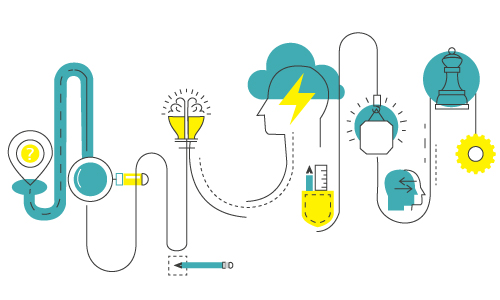
Content & IT
Content Management Process: At the start of KM, the content management process focuses on document management. Higher applications also perform standard classification and workflow.Information Technology: Organizational knowledge management is almost impossible without a proper IT infrastructure. The most mature organizations integrate knowledge management tools and repositories, giving you, suppliers, and partners the ability to share knowledge and collaborate.

Road map
The 4-phase and 10-step roadmap guides you through the strategy, design, development, and implementation of knowledge management initiatives effective in business success.Phase 1: Infrastructure Assessment Analysis of existing infrastructure; Alignment of knowledge management and business strategy;
Phase 2: System Analysis, KM System Design and Development Knowledge management architecture design and integration of existing infrastructure; Auditing and analyzing existing knowledge; KM team design; Create a KM plan; KM system development;
Phase 3: Deployment with Outcome-Based Growth Methodology; Leadership issues;
Phase 4: Performance evaluation analysis of real efficiency and performance outcomes.

MTA and developing KM road map in Iranian Industries
MTA in its learning path in knowledge management projects ,only in the first two years of their work (2005 and 2006), introduced the knowledge management toolkit approach to Iranian organizations. But after all these years, by including the introduction and maturity assessment phase in its projects, it was able to diagnose Iranian organizations to professionally face knowledge management.Since 2008, developing a roadmap has been introduced as part of the initial activities of Knowledge Management Total Solution by MTA. In the following years, MTA even engaged in independent projects in Barez Industrial Group and Mobarakeh Steel Company.
Fortunately, after years of implementing these roadmaps, these organizations have been able to continue to figure out a valuable path of knowledge management by following this path. A path that would faced many ups and downs without a knowledge management roadmap.
